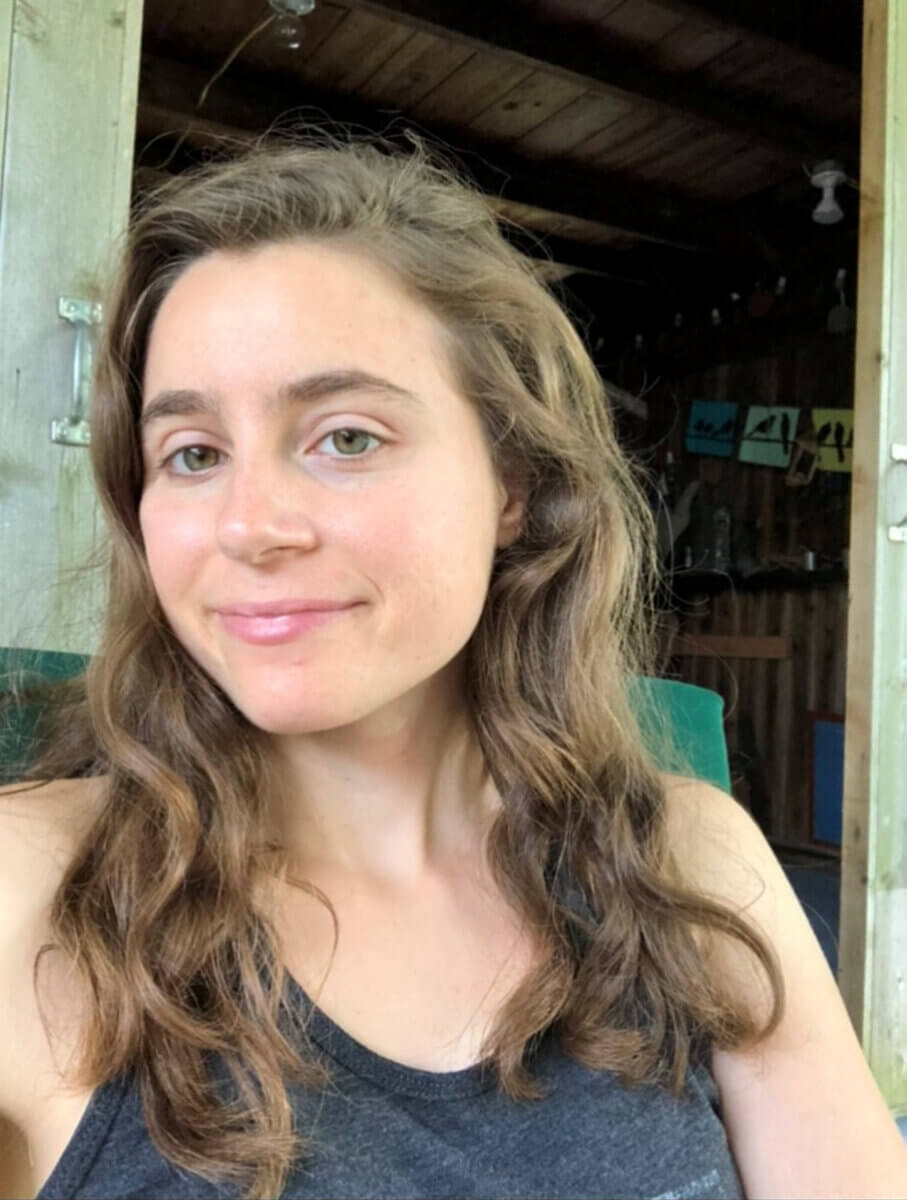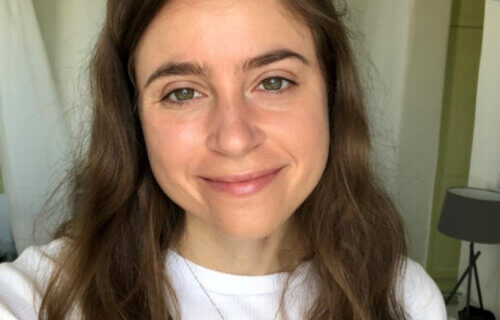NEW YORK — Long COVID is a condition that can plague former coronavirus patients for weeks and even months — but what about years? A 25-year-old woman who has been suffering from long COVID for three years is revealing the symptoms she still can’t shake.
Lily Seibert first tested positive for COVID-19 on March 24, 2020. She started suffering with flu-like symptoms and expected they would disappear after a few days. Her flu-like symptoms went away after three weeks, but her shortness of breath, lightheadedness, and an increased heart rate (lasting over eight months) meant she couldn’t walk more than 15 minutes without feeling exhausted.
Just walking up the stairs left her feeling like she had been working a night shift. She started trying inhalers, antibiotics, and breathing exercises for the shortness of breath — but they didn’t work. The account executive is now revealing the symptoms she can’t get rid of, some three years later.
These include chronic exhaustion, shortness of breath, chest pain, rapid heart rate, and difficulty exercising.
Lily is now using a low-dose medication called naltrexone, a common medication for people dealing with drug overdoses or addiction. “I am now approaching three years of dealing with chronic exhaustion, shortness of breath, chest pain, rapid heart rate and difficulty exercising,” Lily from Brooklyn, New York, says according to South West News Service. “While it is easy to feel discouraged, I am also hopeful knowing that studies and research about this condition are ongoing. As more people have unfortunately found themselves dealing with this debilitating condition, more attention has also been given to finding treatment options so I am hoping that will yield positive results.”

19% of American COVID patients develop lingering symptoms
According to the Centers for Disease Control and Prevention, nearly one in five adult Americans testing positive for COVID-19 have experienced long COVID symptoms since the start of the pandemic.
“At the beginning, it was a loss of identity for me,” Seibert says. “For so long I had been someone who played sports and worked out, that was how I connected with people in the past and that completely changed.”
The account executive says that she isolated in her apartment for a month and started to feel even more intense COVID symptoms, including chest pains, shortness of breath, and fatigue. Unfortunately, she didn’t have much energy to leave the house and move around anyway.
“Early on I suffered from chest pain, breathing difficulties and fatigue. Around three to four weeks around the time I figured I should be getting better, those symptoms weren’t going away,” the 25-year-old says. “It wasn’t necessarily the strong discomfort we would associate with an acute illness but over time the symptoms would go away and then come out – it’s been a rollercoaster.”
The long COVID symptoms have made a lot of simple everyday chores harder for Lily. Before contracting COVID, Lily described herself as an active person. Since testing positive for the virus, she has been unable to return to full fitness.
“It has definitely made a lot of activities harder to, before COVID I did a lot of running and working out, I was an active person in general,” Seibert says. “For the first five to eight months after COVID, I wasn’t able to do any of that. I was trying to walk as much as possible but even that consisted of a slow 15-minute walk – it did not resemble what I could do before. It was an overnight shift for me, I was living a normal life and then the next day I had no ability to do what I did before. It has been a slow progression trying to get back to where I was and it has been up and down.”
Typical treatments don’t always work
Over the last few years, Lily has tried a number of therapies and medications. While some of them have been helpful in managing symptoms, none of them has succeeded in getting rid of them entirely.
“In terms of therapies, that has changed a lot in the course of the last two and a half years. In the initial stages, I was given inhalers, antibiotics and breathing exercises for my shortness of breath,” the long COVID patient continues. “I then did acupuncture eight months after COVID and I did that for around a year. I found it successful and it got me to a level of normality as I noticed some improvements but over time it plateaued.”
“I have been to a lot of different doctors, initially it was a primary care provider who gave me medication and from there I saw a cardiologist. In New York there is a post COVID client and I have been seeing a doctor there who has been seeing post COVID patients,” Seibert adds. “It has been an ongoing process with seeing doctors, I have tried to scale back over the past year as I feel like I wasn’t getting a ton of benefits, I just don’t feel one doctor holds the magic to know what the specific issue is.”

Is there finally a treatment for long COVID?
After all other treatment options failed, Lily started taking a low-dose naltrexone. In 2022, the University of British Colombia launched a study to determine if low-dose naltrexone reduces fatigue and improves COVID-related symptoms.
Overall, the study found that low-dose naltrexone is safe and it may help to reduce pain and inflammation, improving well-being and immune function. Reflecting on the last three years, Lily says it has been a process of rediscovering herself.
“It has been a long process of realizing my own self-worth, anyone who has been through something like this, it is hard to communicate what the experience has been like and not getting the same level of understanding from people,” Seibert explains, according to SWNS.
“There is a constant up and down feeling of being hopeful one day and feeling deflated the next day. It is hard to keep a stable mood or mindset as you never know how you could be feeling on any given day.”
South West News Service writer Ben Barry contributed to this report.

